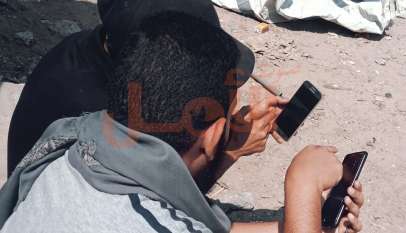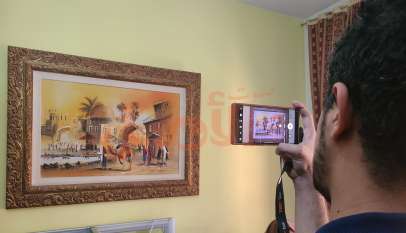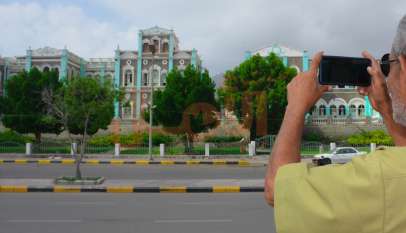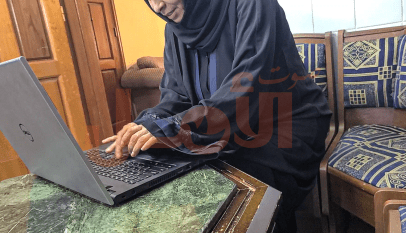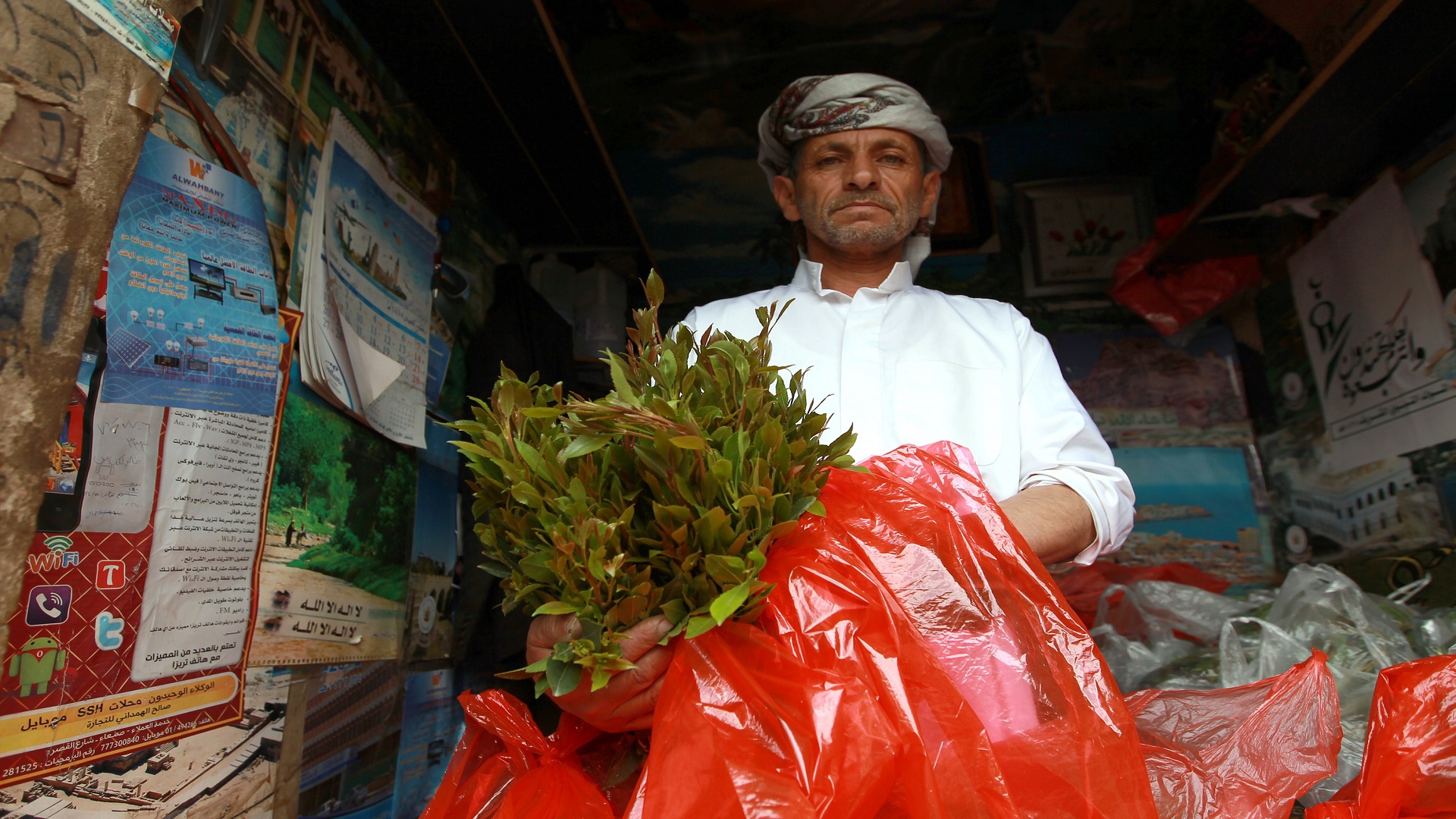Protecting and Promoting Cultural Heritage in the Digital Age
Sawt Al-Amal (Voice of Hope) – Hebah Mohammed
In the depths of its rich history and diverse culture, Yemen embraces a unique cultural heritage that is an integral part of the national identity of the Yemeni people. In our digital age, the new challenge lies in how to preserve and document this cultural heritage in this ever-changing world, and at the same time how to promote and spread it to the world.
Social media comes as a powerful tool that offers new opportunities to transmit Yemeni cultural heritage and revive its stories and customs; it provides diverse and open platforms for expressing cultural identity and interacting with the local and global community. Through sharing photos, videos, articles, and posts, Yemenis and others can share their experiences and cultural stories, and thus they can build bridges from authenticity to the digital world.
The Importance of Digitizing & Disseminating Yemeni Heritage
The digitalization of Yemeni heritage holds great importance in preserving the cultural and historical identity of Yemen, as well as enhancing the understanding of its rich heritage by current and future generations. According to Dr. Lina Al-Khawlani, a faculty member at Ibb University who is interested in cultural affairs and social media platforms, “Talking about Yemeni heritage is not a minor or trivial matter, especially since Yemeni heritage has deep historical roots. Yemen is considered the oldest land inhabited by humans, the land of the first Arabs, the origin of the Arab race, and the first to speak the Arabic language.”
She continues, “Yemen has a magical history, mentioned in the Holy Quran in various places, including Aram, Ad, Thamud, Dhul-Qarnayn, Saba, and Bilqis. All of these are facts and archaeological evidence confirming the depth of Yemeni civilization heritage. Indeed, every nation’s value lies in what it preserves from its ancient heritage, accumulated throughout the ages and from the experiences of those who came before. This ancient heritage is a solid ground on which the present stands and creates momentum for the future of nations.”
She adds, “The increasing globalization over the past decades has exposed Yemeni heritage to danger, making the need to document and protect it more urgent. Digital technologies have been widely used to digitize diverse materials, capturing them in optical or video format, along with suitable descriptive data and relevant documents.”
She emphasizes the importance of digitizing Yemeni heritage, stating, “The process of using digital technologies to disseminate heritage on social media platforms makes it accessible to the public and allows its transmission through generations. It can also be easily accessed anywhere in the world, in addition to its significance in the process of education and training. Images, audio clips, and videos can be used to help students better understand Yemeni heritage. Digital heritage is also used in tourism by creating websites and applications that visitors can use to learn more about Yemeni heritage and discover more about Yemeni customs and traditions.”
In this context, she points out that Yemen has a great historical and heritage legacy, with more than 15,000 archaeological sites dating back to prehistoric times up to the Islamic era. Additionally, there are more than 100,000 Yemeni manuscripts dating back to the Middle Ages, along with many distinguished Yemeni artworks, such as traditional Yemeni architecture and ancient Yemeni inscriptions.
Dr. Al-Khawlani believes that when analyzing websites, pages, and channels on social media, it can be observed that there is diversity in Yemeni heritage. However, its availability on official digital platforms is weak. As for the content published through personal efforts, it is untargeted and does not serve the purpose adequately. She explains that the reason for this is due to several challenges faced in digitizing Yemeni heritage.
Mohammad Al-Anabi, Director of Antiquities Office in Ibb Governorate, says, “The importance of digitizing heritage lies in preserving it, by quickly accessing heritage sites to assess their condition and needs in cases of illegal human interventions, natural disasters, and conflicts.”

He continues, “It is also necessary to begin documenting the artifacts in museums and creating a digital database to preserve these archaeological pieces. Registering archaeological sites, conducting surveys for all sites, and establishing a digital database for them are crucial.”
Dr. Faisal Rajeh, a faculty member at the National University in Ibb, shares the same opinion, stating, “Heritage constitutes an integral part of the cultural identity that distinguishes different societies and gives them their unique identity. Therefore, we should seriously strive to protect heritage, whether tangible or intangible, embrace it, and hold onto it firmly, using advanced technology, especially digitization techniques, to serve this heritage and preserve it better.”
Rajeh advises those interested in digital heritage and the digitization process to identify the elements of Yemeni cultural heritage accurately, verify the information related to these elements, and then digitize the content, working towards its permanent preservation.
Preserving Cultural Heritage in the Digital Age
“We recognize the urgent need to keep up with the rapid progress in the field of digital technology and its tremendous benefits in our efforts to preserve cultural heritage by adopting digital means that ensure the sustainability of heritage without exposing it to risks or threats,” according to Dr. Faisal Rajeh.
He further states, “Countries are interested in the idea of integrating heritage with digital technologies. Heritage is transformed into well-studied and organized digital information, which is regularly stored for easy access through electronic devices.”
He asserts that thanks to technological advancements, we can preserve various forms of heritage, ranging from literary works, visual arts, and architecture to customs, traditions, songs, and folktales. He also adds that digitization plays a crucial role in spreading cultural awareness and promoting heritage, as digital technologies enable us to introduce our heritage to the world on a wide scale.
Nabil Al-Ezzi, the owner of the Digital Heritage Project, shares his thoughts, saying, “Heritage is a symbol of the greatness of our civilization, carrying pride and dignity within its folds. Our country, Yemen, is a beacon of civilizations and the origin of Arabs and Arab identity, serving as the primary source of history and human heritage that we take pride in throughout the ages.”
He continues, “The idea of the Digital Heritage Project was founded, focusing specifically on three elements: history, heritage, and land. The project aims to shed light on the hidden aspects of heritage that require immediate attention due to their aesthetic and archaeological value. We have made great efforts to document Yemen’s heritage using digital technology, especially after the destruction that befell several archaeological sites.”
He explains, “I have designed three-dimensional models of several disappeared archaeological sites to showcase these sites in their precise and realistic form. We are aware that this represents a significant challenge, but we are still committed to implementing this project.”
Regarding the most important archaeological and heritage sites that Nabil has designed, he states, “We embodied the most prominent archaeological sites in three-dimensional designs as part of our project aimed at digitizing the preservation of historical sites using digital technology. These sites include Bab Al-Yemen in Sana’a, one of the notable heritage landmarks in Yemen, as well as the Throne of Bilqis in Ma’rib, Sana’a’s Ghamdan Palace, Seiyun Palace or Al-Kathiri Palace, Shahara Bridge in Amran, and other historical locations.”
Challenges & Difficulties
Al-Anabi pointed out that there are difficulties facing the field of digital heritage preservation in Yemen, such as the scarcity of financial resources available to the General Authority for Antiquities. It is also challenging to provide sufficient time for a specific number of necessary digital data requirements. There is also difficulty in obtaining a unified and updated digital mapping system to facilitate the process of locating and documenting archaeological sites.
He concluded his statement by saying, “Therefore, we need to focus on funding and provide the necessary financial resources for public entities involved in heritage preservation. We must also work on updating and developing the comprehensive digital mapping system to effectively facilitate heritage digitization.”
Meanwhile, Al-Ezzi says, “We face many challenges in converting heritage sites into three-dimensional designs. One of these challenges is the difficulty of quickly converting realistic images into three-dimensional designs. It requires opening the image on a phone or laptop every five minutes to design something that meets the standard and technical specifications.”
He added, “Additional efforts are needed to research architectural engineering and traditional trends from that era using three-dimensional design programs, which can recreate high-quality realistic creations. Moreover, there is difficulty in obtaining images of artifacts from all four sides, as it is not easy to find images of artifacts from the front, back, right, and left.”
Al-Ezzi also mentioned that one of the biggest challenges he encountered during his work is the difficulty of finding images of Ghamdan Palace, especially after researching and consulting heritage experts who confirmed the absence of photos of it because it was demolished a long time ago. However, after extensive research, a frontal image was found, and based on the experts’ precise description, it was designed.
He concluded his statement, saying, “We hope that all relevant parties, including the government, universities, and civil society organizations, participate in the process of digitizing Yemeni heritage. The focus should be on collecting digital heritage from all parts of Yemen, including remote and conflict-affected areas.”
Al-Khawlani also advises that the digitization process should include proper documentation of heritage, including providing sufficient information about the heritage and activating the website of the Ministry of Culture and specialized sectors related to Yemeni heritage, as well as their pages on various social media platforms. It should also allow relevant heritage authorities to freely exchange and disseminate information for the benefit of other communities and cultures through the digital space.
98.1% Believe that Social Media Plays a Major Role in Empowering Yemeni Youth
Sawt Al-Amal (Voice of Hope) – Yomna Ahmed Social media now occupies a large part of our d…



